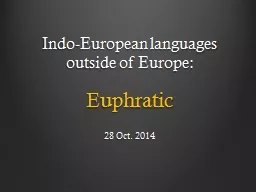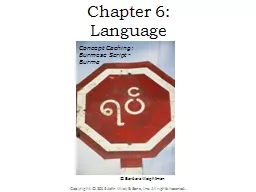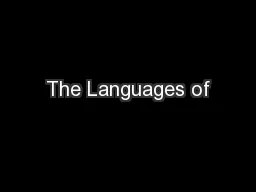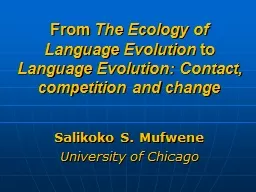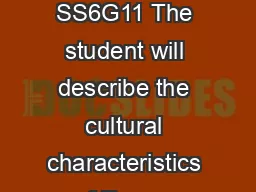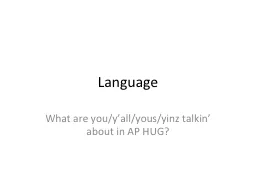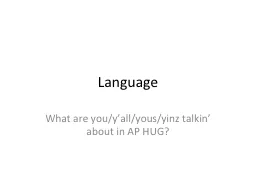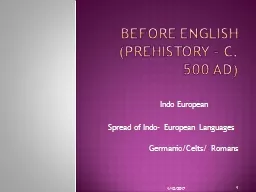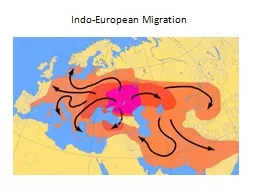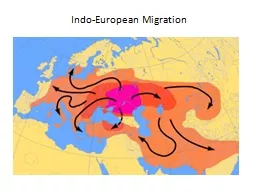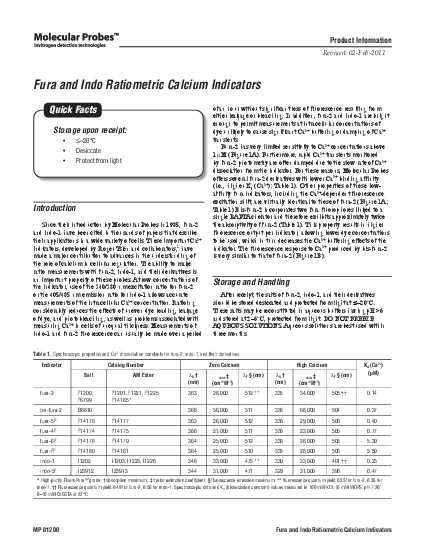PPT-Indo-European languages outside of Europe:
Author : min-jolicoeur | Published Date : 2016-05-24
Euphratic 28 Oct 2014 The Issues When did the IndoEuropean ie IndoAnatolian continuum end Alternatively when did IndoEuropean migrations begin Where was the
Presentation Embed Code
Download Presentation
Download Presentation The PPT/PDF document "Indo-European languages outside of Europ..." is the property of its rightful owner. Permission is granted to download and print the materials on this website for personal, non-commercial use only, and to display it on your personal computer provided you do not modify the materials and that you retain all copyright notices contained in the materials. By downloading content from our website, you accept the terms of this agreement.
Indo-European languages outside of Europe:: Transcript
Download Rules Of Document
"Indo-European languages outside of Europe:"The content belongs to its owner. You may download and print it for personal use, without modification, and keep all copyright notices. By downloading, you agree to these terms.
Related Documents

